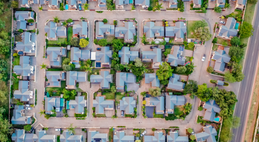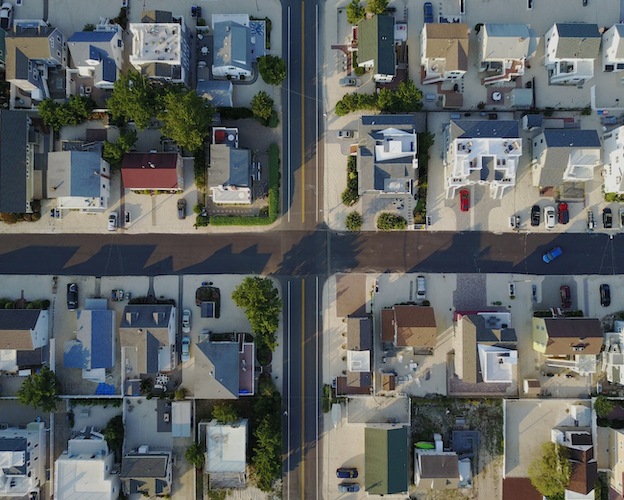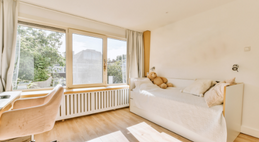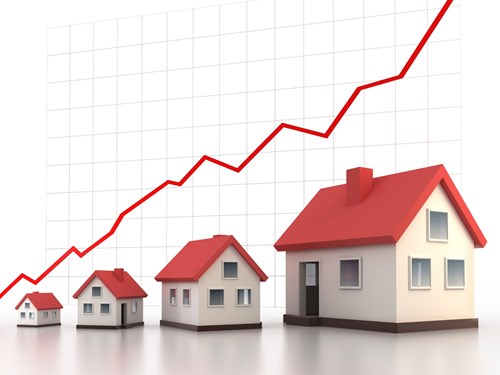In particular we focus on getting the loan structure right the first time, choosing which lenders to use in the right order (yes this is important) and finally getting our clients the best deal possible.
Not all streets are created equal - finding the sweet spot for capital growth
As investors we are generally very focused on the growth prospects of a city, region and the individual suburbs that are in prime position to increase in value.
We might think that once we have settled on a few target suburbs with great growth prospects, that our hard work is done. All that is left is to start working through the properties that are on the market and find something that suits your requirements - then negotiate a good price.
Put simply we want to look at the underlying elements that are creating the demand for property in the suburb and make sure they are amplified in the exact streets that you choose to invest. By investing in a street that caters to this demand, you are buying in an investment sweet spot.
We have done a lot of thinking, research and assumption debunking over the last couple of years, and boiled things down to a formula of sorts. A number of metrics that we look at, street by street to find those pockets of gold in any suburb.
Strong Tenant Dynamics
One of the key buy signals that we look for when identifying a suburb that has great growth potential, is strong tenant-backed demand. At a street level we can use tenant data to find the streets where this demand is strongest, and most importantly, most likely to lead to short term capital growth.We look for streets that achieve higher than average rent whilst also combining with higher than average achievable yield. The combination of these two factors alone goes along way to highlighting areas where strong tenant based demand is putting upward pressure on rent-per-week figures, - and the demand has not yet translated into capital growth.
When you also combine mid to high levels of tenants already living in the street (but not too many) you are also getting strong indications that this street is the area of choice for tenants and more likely to be so for the new residents who are migrating to the suburb. We also like to keep a minimum level of owner occupiers in the mix - ensuring the appeal of the street is maintained. Our recommendation is to look for streets that have between 30% and 70% tenants.
High numbers of in-demand properties
People usually live in the one suburb for similar reasons and generally they like to live in a ‘commoditized’ class of property for that suburb. Inner city areas may be comprised of a very high percentage of one or two bedroom units, whilst middle suburbia is home to lots of three or four bedroom houses. If the suburb is currently comprised of 80% three or four bedroom houses, and new stock on the market is consistent with this, then it would generally be ill advised to purchase the only 1 bedroom unit that is on the market..At a street level, this is taken a step further. Give yourself the best chance of strong tenant and owner demand in your street and by making sure the street is home to a high percentage of the in demand property type. A rule that we work to at Ripehouse is to have at least 2/3rds of the in demand property type.
Low levels of social or public housing
We have conducted significant research and mapped the relationship that public housing has with appraised values and capital growth outcomes. Suffice to say, public housing can have a dramatic effect on value, demand, growth and tenancy outcomes. In fact, on average for each suburb in major cities across Australia - if there is higher than 18% public housing on the street in question, expect to pay almost 20% less for each property in that street (when compared to the average suburb price).High levels of public housing can also seriously compromise your ability to attract and hold good quality tenancies, the ability to index rents in line with increases across the suburb and may also open yourself up to the risk of higher vacancy rates or longer periods without a tenant!
We advise that for low socio areas below 15% public housing is satisfactory, for middle of the rung suburbia a 10% maximum works best, and for blue-chip or upper socio areas 5% max is advisable.
Sounds like a lot to consider?
When combining these factors, we look for streets in your target suburb that exhibit, at the same time, higher than average rent-per-week figures, higher than average yields, between 30% and 70% tenants, lots of the in demand property type, and low levels of public housing.This might sound like a lot to think about, but when found, the results in terms of growth can be amazing. In fact at Ripehouse we call these streets Sweetspots, and our research has demonstrated that when you find a street that exhibits each of these five characteristics you can expect it to outperform the remainder of the suburb by 21.9% in relative terms.
We have also seen that for general metro areas, Ripehouse Sweetspots account for approximately 10-15% of a suburb. How can you specifically locate these streets exactly?
Ripehouse is all about helping you to easily and visually perform this type of street level analysis. You are also able to quickly filter properties that are currently on the market, from across the net, that are physically located in these Sweetspot locations.
As part of the great work that Marty does in achieving excellent loan outcomes for many investors - we would love to extend to you a free 14 day trial of Ripehouse. This is a no obligation, no credit card required and no hidden look inside the Ripehouse Investment Platform.
Get started today over at http://www.ripehouse.com.au/signup and make sure to use the coupon code 'mortgageexperttrial' to lock in your generous free access.
Recent Posts
- Is now the time to access equity? APRA changes coming + Interest rate outlook
- Government Guarantee Scheme – an update on the changes from 1st October 2025
- Limited Deposit and don’t qualify for the government guarantee scheme? Up to 100% LVR loans available
- Government grants and schemes - to help you into the market
- Is Darwin property about to go Boom?
- Comparing interest rates (Western Democracies)
- Stage 3 Tax cuts - how will it effect your borrowing capacity?
- Property Share Loan Structure
- SMSF Property Investing & Lending - Back on the agenda
- Could the next move in interest rates be down?

































